-
In Blockboard panels, the center layer or core is made from strips of softwood or other often lightweight wood species. The strips are put edge to edge (Edge glued) between veneers of softwood, hardwood, particleboard or MDF, then pressed under high pressure and heat with glue. The board can either be made up of 3 or 5 layers. Europe is the biggest producer of Softwood core blockboard (spruce) - with density around 450 Kg/m3. While Indonesia is the leader in the production of Albizia Falcata core blockboards-falcata being a commonly found local Indonesian specie desirable for its lightweight and stability. Working Properties While blockboards are generally lighter and less durable than plywoods, they have moderate strength and load bearing characteristics especially when compared to particleboard and MDF. Blockboards also score moderately with bending and do not easily experience bending if the core has been properly dried and then laminated. They are appreciated by carpenters for ease of use when using traditional wood working tools and also take finishes and paint well as they come in a range of different surface finishes. Blockboards also fare moderately with sound insulation.
-
Fire-rated particleboard is an engineered panel made of recycled material from selected softwood hardwood, vermiculite, resin. Fire rated particleboard is a main component needed to achieve fire-rated doors accepted by established fire and safety standard, along with specific instruction on door, lipping and frame construction. FIREBAN brand particleboard is certified according the BS standard, which upon testing the door for certification focuses on duration of fire resistance, load bearing capacity and impermeability, insulation and integrity. There are 4 main tiers of resistance from 30 minutes, 60 minutes, 90 minutes and 120 minutes. Fireban is made using 100% recycled material and is FSC Certified Technical assessment reports by IFC and BM Trada as well as drawings
-
Hardboard is a high density and high strength panel is formed with wood fibres and under high temperatures an high pressure compression during a pressing process the degree of pressing involved leads to the high density and hardness, hence the panel’s name. Heat and steam is applied to leave fine, fluffy brown fibres. These fibres are transformed into mats, which are held together with lignum and other glues. Working properties The tempering of the boards achieve great physical and mechanical characteristics and excellent dimensional stability. Hardboard cannot be used outside or in wet applications because it absorbs water.
-
MDF is an engineered wood product made by breaking down hardwood and/or softwood residuals into wood fibers, often in a defibrator, combining it with wax and a resin binder, and forming it into panels by applying high temperature and pressure. MDF offers extremely high value and excellent for the price when compared with Plywood and Blockboard. Working Properties MDF has a very smooth surface making it excellent for painting and is highly consistent throughout the entire board with no voids or splinters or cracks offering uniquely smooth edges. A key advantage of MDF is that its very Easy to use a router to create endless possibilities of decorative edges. Additional, Band saw or jigsaw easy to use to execute creative designs due to the consistency and smoothness of MDF Some setbacks of MDF include water absorption if not very well sealed from edges. Screwing properties fall slightly short of plywood due to the fine particles that it is made up of. The heavyweight of MDF can make it difficult to use in some applications. As raw MDF, it does not take stain well compared with plywood or blockboard since there is no veneer on the surface.
-
Moisture resistant MDF is similar to MDF, but due to an added moisture resistant resin, it can withstand humidity and moisture better than regular MDF. MDF (MR) or commonly referred to as HMR MDF has become in demand in the interior decoration field for the extra much needed feature of moisture resistance. Working Properties The smooth surface makes it excellent for painting and is highly consistent throughout the entire board with no voids or splinters or cracks offering uniquely smooth edges and is easy to use a router to create endless possibilities of decorative edges and to execute versatile designs due to the consistency and smoothness of surface. The heavyweight of MDF -MR can make it difficult to use in some applications.
-
Short for Oriented Stranded Board, OSB is an engineered wood-based panel often confused with particleboard. It is formed with strands and flakes of wood in specifically positioned and orientated, compressed and combined with wax and resin adhesives. Working properties The main merits of OSB lie in the field of its mechanical performance, which is directly related to the geometry of the strands and their orientation within the panel. It is strong, dimensionally stable panel that resists well against deflection, delamination, and warping. Relative to their strength, OSB panels are light in weight and easy to handle and install. OSB requires pre-sanding where smooth surfaces are required, and even then it is not the preferred choice when smoothness of surface is a key feature.
-
Particle board is a type of manufactured wood-based panel this is made up of wood shavings and scraps of one or more species that are granulated and blended with a resin and are then pressed and extruded into a solid panel.
Working properties
Particleboard has a smooth surface making it good for painting and is highly consistent throughout the entire board with no voids or splinters or cracks offering uniquely smooth edges. It is also easy to use a router to create many possibilities of decorative edges and easy to use and execute creative designs due to the consistency and smoothness. It should be noted that it is not as favorable as MDF for such applications. Particleboard is susceptible to water and may experience welling if not very well sealed from edges. Screwing properties fall slightly short of plywood and MDF, as well as strength rating. -
Plywood is manufactured using thin plies of wood veneer glued together with the grain of each layer at 90 degree angles to the layer above or below it. This cross-grain plies, usually in odd number are then pressed with resin to form solid sheets. Raw Plywood can be grouped into 3 broad categories: Softwood, hardwood, and tropical plywood. Common species for softwood plywood include, spruce, pine, douglas fir. Hardwood plywood is often made up of Beech, Red Oak, Birch, and Mahogany, Poplar, amongst others. As for Tropical plywood, key species include Meranti, Keruing, Rubberwood, Falcatta, and Okoume. Working properties Some of the key advantages of plywood arise from is cross-grain structure which reduces expansion and shrinkage and less vulnerable to water and moisture and reduces splitting when nailed around the edges. Additionally, screwing properties such as tightness of screws and durability of plywood is excellent due to its cross-grain structure, and also has high stiffness perpendicular to the grains direction of the top layer. It has a very high strength to weight ratio as well as high impact resistance relatively. Some of the setbacks of plywood is that It’s harder to get a perfectly smooth cut with plywood than it is with MDF. It’s more difficult to cut detailed designs into plywood because the edges will splinter and the edges that show layers may have gaps. It may also experience more warping and thickness tolerance is usually not as precise MDF or Particleboard.
-
Softboards are low density fibreboard made up of steamed wood fibres and natural lignins which bind them under pressure and compression and high temperatures. The final density depends on the degree of pressing. Working properties They are most known for their thermal and acoustic properties and are easy to handle. However they typically don’t have favorable screwing properties and should not be exposed to water unless it is treated to withstand the moisture.
-
Tubular, or hollow core particleboard is made using the extrusion press system resulting in an ideal combination of light weight and stability Working Properties With weight reduced by about 60% compared to regular particleboard and a particularly low swelling in thickness, high impact resistance and dimensional stability. These boards have become the industry standard for Door cores.




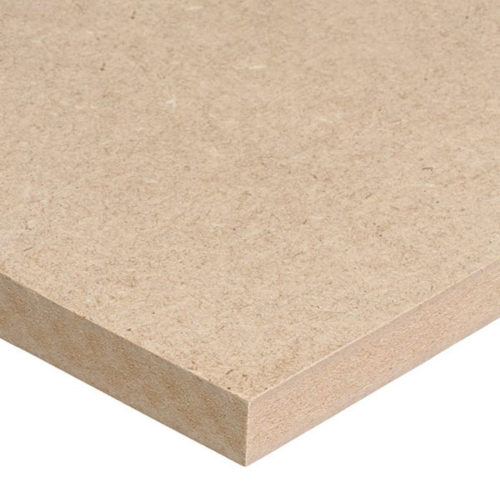
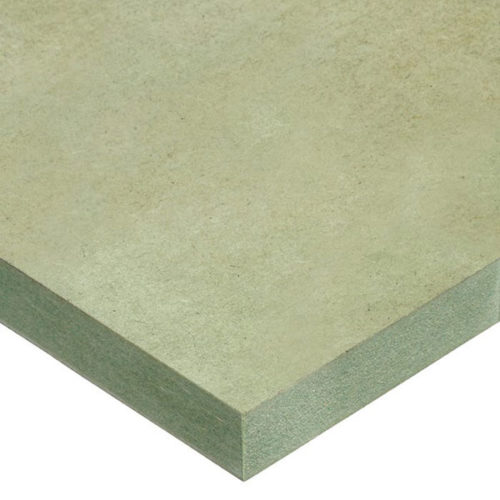
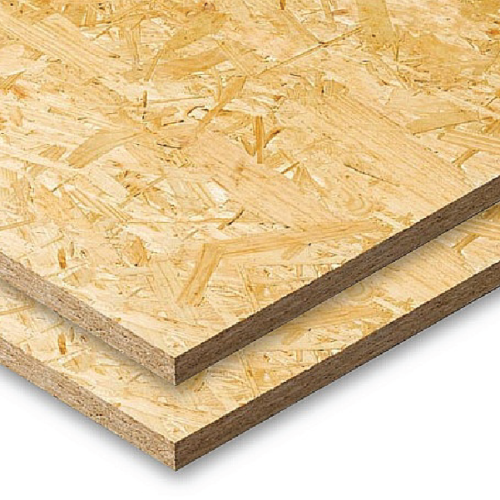
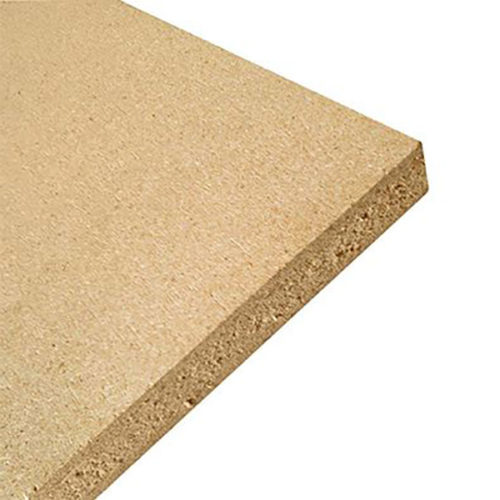
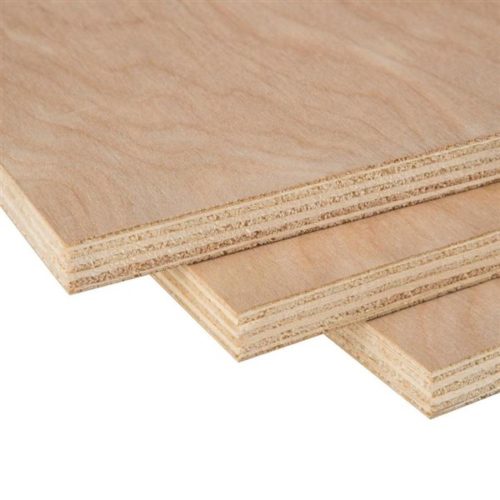
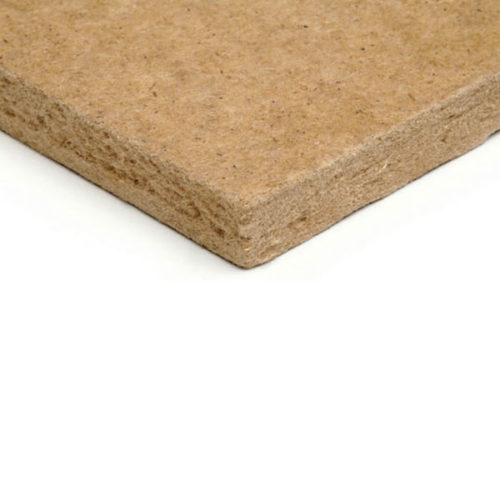
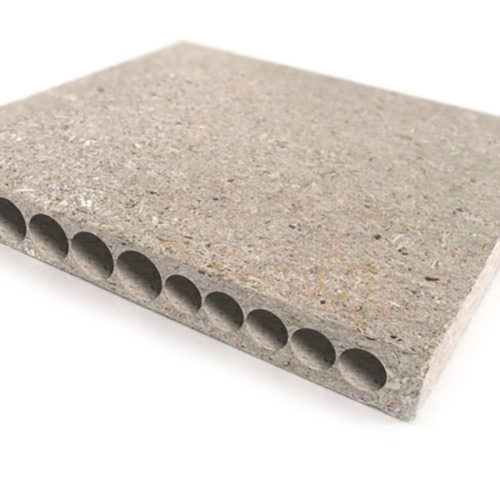
Get Social